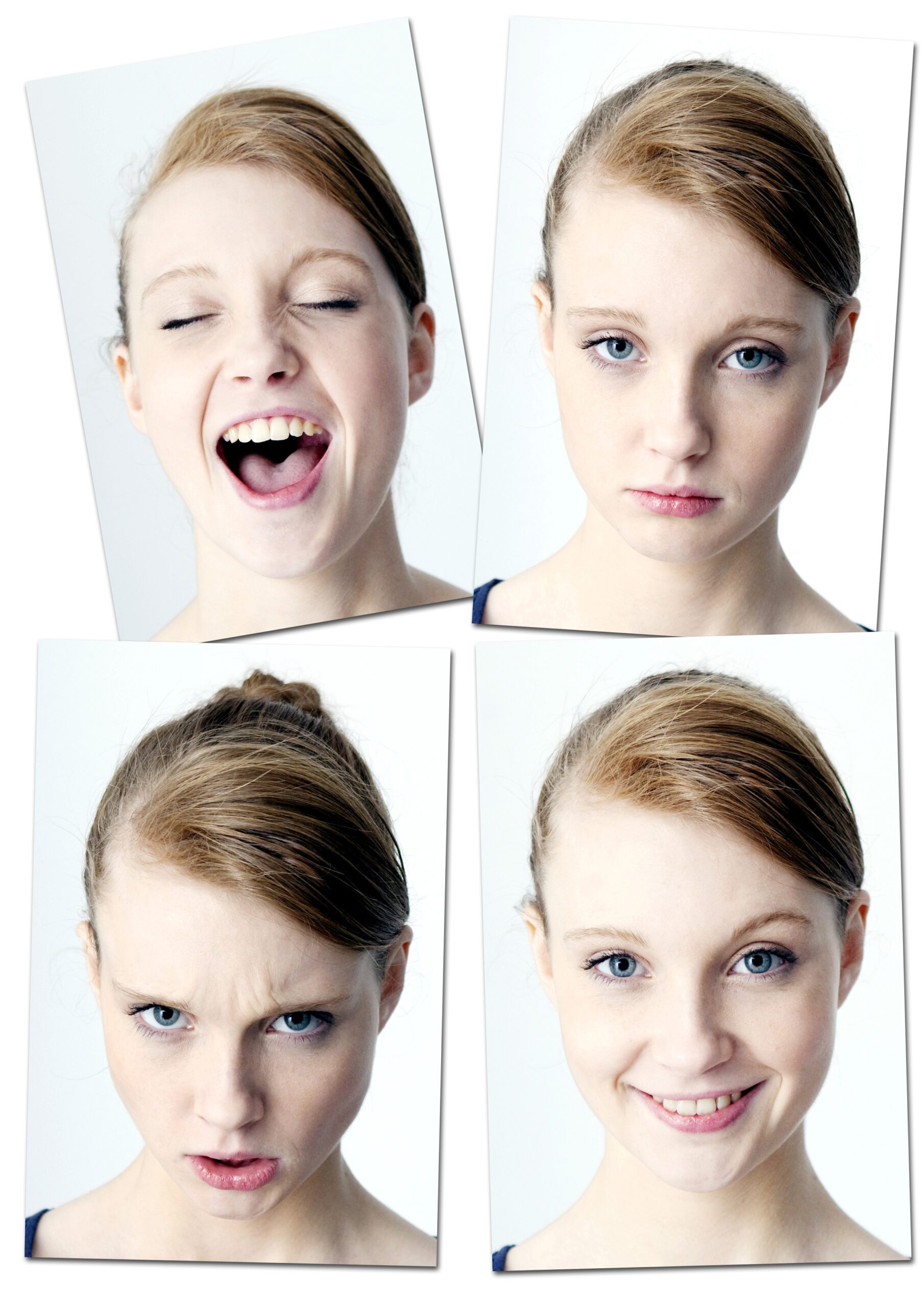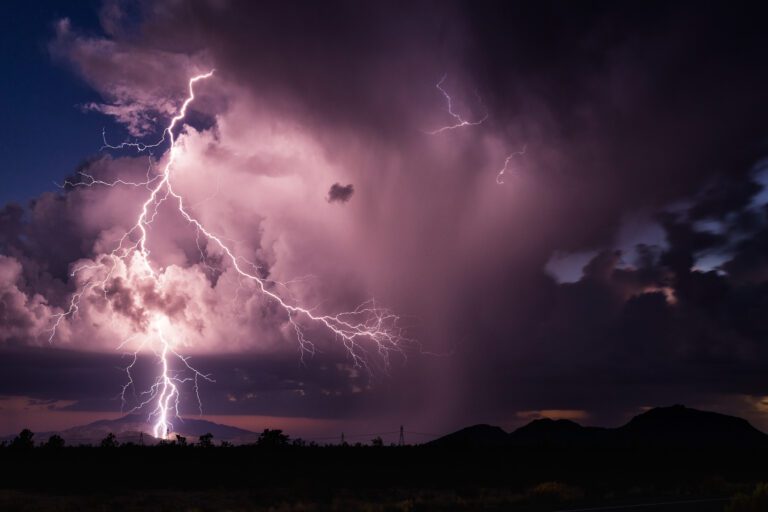The Ultimate Guide to Understanding the Types of Bipolar Disorder
Have you ever wondered about the different types of bipolar disorder?
When I was diagnosed back in 1999, there were three types of bipolar disorder: bipolar type 1, bipolar type 2, and bipolar NOS (“not otherwise specified”). Fast forward to the present day, and you can see the change in diagnostic criteria of bipolar disorder along with the types.
Bipolar disorder is characterized by extreme shifts in both mood and thinking. Extreme variability in mood is at the core of the diagnosis. However, it is also accompanied by variations in:
- Energy level
- Motivation
- Sleep patterns
- Activity level
- Libido
- Hygiene
- Ability to function
- Behavior
Usually, intense emotion is characteristic of bipolar disorder.
A medical professional, such as a psychiatrist, can diagnose bipolar disorder. Two diagnosed individuals diagnosed with bipolar disorder can present clinically in very different ways.
Let us take a look at the different types of bipolar disorder.
Types of Bipolar Disorder
The following information is referenced from the National Institute of Mental Health (NIMH):
Bipolar Disorder Type 1
Bipolar disorder type 1 is defined by manic episodes that last at least 7 days. It can be less than 7 days if the manic episode is so severe that it warrants immediate hospitalization. To be properly diagnosed with type 1, the individual must have experienced at least one manic episode.
It is not a diagnostic requirement of type 1 to experience an episode of depression. However, those living with type 1 generally do experience depressive episodes. They typically last two weeks or longer.
An individual can experience a “mixed-affective state.” Formerly called a “mixed episode,” a “mixed-affective state” is characterized by a combination of symptoms from both mania and depression.
For example, an individual can present with racing thoughts, hypersexuality, and increased goal-oriented activity. These are all symptoms of mania. In addition, this person can have feelings of hopelessness, low self-worth, and suicidal ideation.
In terms of completed suicides, a mixed episode is extremely dangerous. The person experiencing a mixed episode can feel suicidal. However, they can also have increased energy and motor agitation, giving the individual the ability to better follow through with their suicidal intent.
Bipolar Disorder Type 2
Bipolar disorder type 2 is defined by periods of depression and hypomania.
Generally speaking, depressive periods last longer and are more frequent as compared to type 1.
Hypomania is a less severe form of mania, but the symptomology between mania and hypomania is the same. A hypomanic episode is just less intense compared to a manic one.
For example, an individual experiencing hypomania may have racing thoughts, increased goal-oriented activity, and an increased sex drive like type 1. However, these symptoms may not impede the individual’s daily functionality like a full-blown manic episode.
Without proper treatment, those experiencing hypomania can escalate to mania and severe depression.
Cyclothymic Disorder (or Cyclothymia)
Cyclothymic disorder is defined by periods of hypomanic and depressive symptoms lasting for at least two years in adults. For children and adolescents, the time is one year.
In cyclothymic disorder, symptoms do not meet the diagnostic criteria for a hypomanic episode and depressive episode.
Please note that cyclothymic disorder is different compared to rapid-cycling bipolar. Rapid cycling is diagnosed when an individual experiences 4 or more separate episodes of hypomania, mania, or depression within one year.
Other Specified and Unspecified Bipolar and Related Disorders
Here, the individual experiences bipolar symptoms that do not match those of bipolar type 1, bipolar type 2, or cyclothymic disorder.
The spectrum of bipolar disorder is based on the severity of symptoms. Each type of bipolar is based on its spectrum.
Bipolar type 1 is the most severe form of bipolar, followed by type 2, and lastly cyclothymic disorder. Please note I AM NOT saying that one type of bipolar disorder is easier to live with than another. We are merely looking at the intensity of symptoms. That is a big distinction.
Symptoms
Now that we know the different types of bipolar disorder, let us take a look at the symptoms for both manic and depressive episodes. An individual does not have to present with all of the listed symptoms to be considered experiencing an actual episode. The lists are not at all exhaustive.
Manic Episode
- Fidgeting and constant movement (motor agitation)
- Thoughts are moving too fast (racing thoughts)
- Disorganized thinking
- Inflated self-esteem
- Decreased need for sleep, yet feeling refreshed and energized
- Increased need and desire for sex (hypersexuality)
- Pressured speech
- Starting many projects at one time (increase in goal-oriented activity)
- Restlessness
- Agitation
- Risky behavior (e.g., spending sprees and unprotected sex with numerous partners)
- Elated mood
- Grandiosity
- Psychosis and delusions
Depressive Episode
- Thinking about death or suicide (suicidal ideation)
- Eating too much or too little
- A loss of interest in what the individual used to enjoy
- Sleep too much or too little
- Lethargic and little energy
- Feelings of hopelessness, sadness, and loneliness
- Being withdrawn
- Decreased energy level
- Exhausted
- Empty feeling
- Crying spells
- Slow moving and feeling slowed down
- Trouble with concentration
- No desire for sex (decreased libido)
Suicidal Ideation
If you or someone you know is thinking about death or suicide, please contact the toll-free National Suicide Prevention Lifeline at 1-800-273-TALK (8255). This is a free service available to anyone.
If you are contemplating suicide or hurting yourself:
- Immediately tell another person
- Contact your therapist or other mental health professionals
- Call your doctor
- Get to the nearest Emergency Room or Crisis Center
If a loved one or other person is considering hurting themselves or suicide:
- Try to get them to an emergency room or crisis center
- Call a doctor
- Call 911 if your loved one is in immediate or mortal danger
- Do not leave them alone
- Hide harmful tools, such as knives, weapons, and medications
Last Thoughts
In the end, bipolar disorder is a severe mental illness. It does not matter what type of bipolar disorder you are diagnosed with. The important thing is to access the proper treatment so you can manage your illness long-term.
If you feel you may live with bipolar disorder, reach out to your general practitioner. They are a great place to start. From there, get a referral to a good psychiatrist who specializes in bipolar disorder.
A diagnosis of bipolar disorder is not the end of your life. On the contrary, it is an opportunity for a new beginning!
Remember, bipolar disorder is an illness, not a choice. But learning to manage bipolar disorder is a choice!






